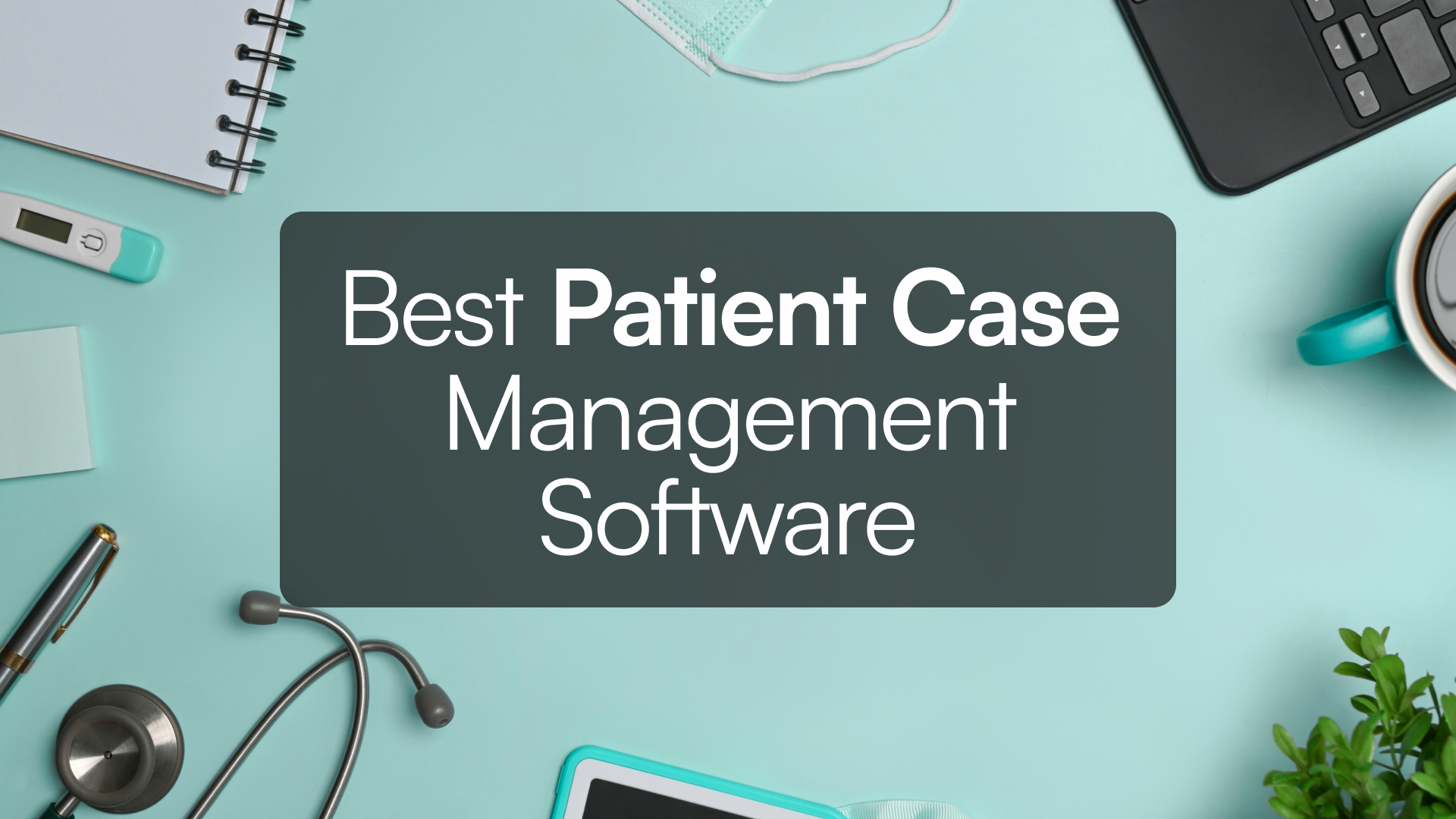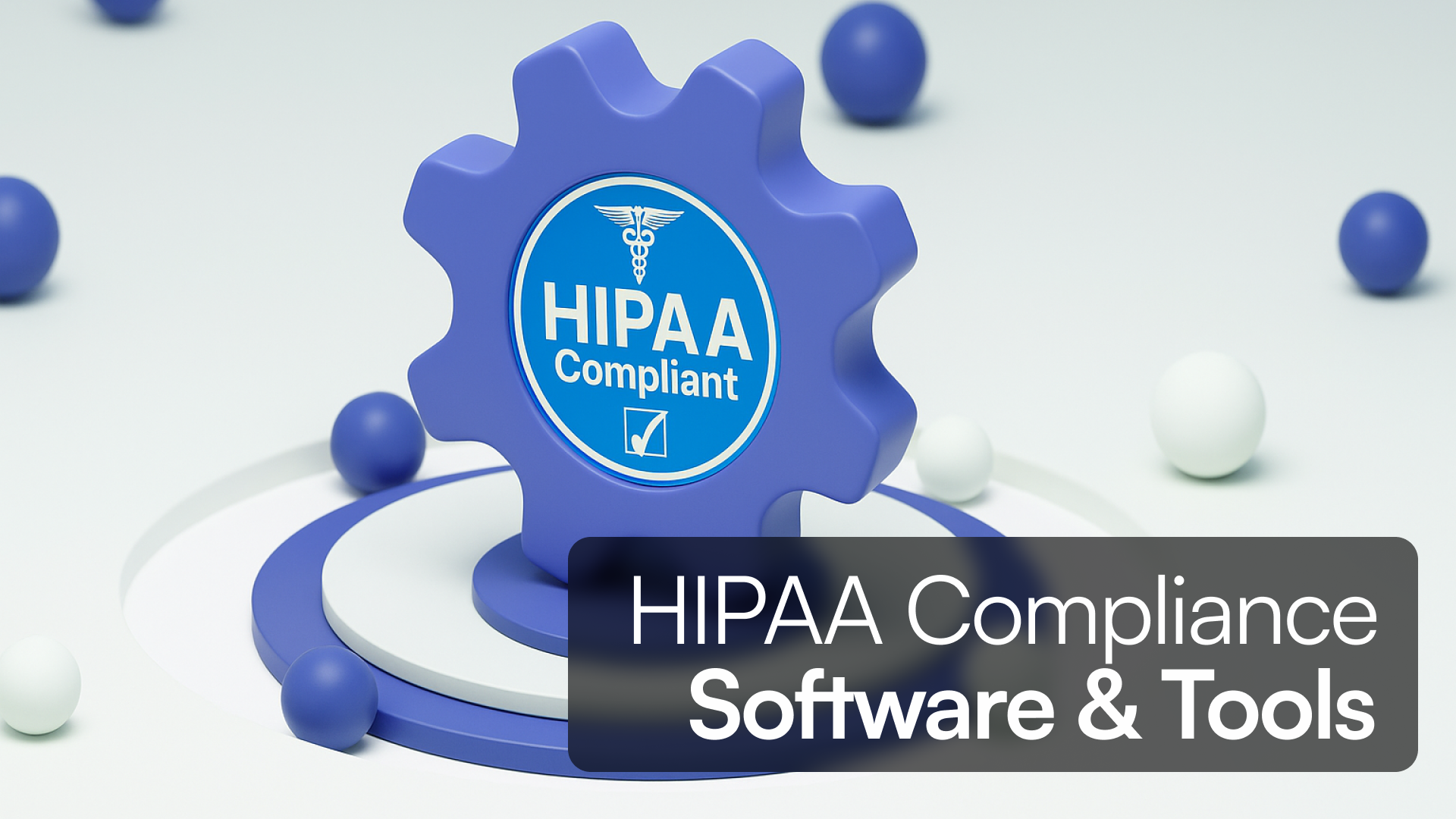Introduction
Running a therapy practice often feels like juggling too many balls at once—trying to deliver quality care to patients while managing a mountain of paperwork, scheduling, billing, and ensuring compliance. For many therapists, the administrative side of the business can be as stressful as the therapy itself. And as practices grow, so do the headaches.
Automation isn’t just a buzzword—it’s a lifeline for practices struggling to manage these increasing operational demands. When implemented effectively, automation frees up your time, reduces errors, and allows you to get back to what really matters: patient care.
In this article, I’ll walk you through how therapy practices—big and small—are automating their processes to reduce admin overload. I’ll share real-world insights into what’s working, where practices tend to trip up, and what tools like Tadabase can do to help make it all easier.
Cutting Down on Administrative Overload with Automation
Let’s start with a common scenario: patient intake.
Most therapy practices are still using a mixture of paper forms and manual data entry. It's a familiar scene—patients fill out their intake forms in the waiting room, and the admin staff later enters the information into the system. But this process is inefficient and prone to mistakes. Simple data entry errors can lead to bigger issues down the line, from billing inaccuracies to gaps in patient care.
Here’s how practices are solving this. Many are now turning to digital forms that automatically sync with their practice management software. Instead of staff retyping data, intake forms are filled out by patients at home before their first visit, and the information is automatically stored and organized. Not only does this streamline onboarding, but it also ensures accuracy. Practices are reporting a noticeable decrease in both clerical errors and no-show rates since patients are more engaged from the outset.
Tadabase Insight: For those looking to streamline this process, Tadabase allows you to create highly customizable intake forms that feed directly into your patient management system. Conditional logic can be used to tailor the intake process based on patient responses, ensuring that you’re only collecting the most relevant information without overwhelming your staff or patients.
Improving Scheduling Efficiency Without Losing the Human Touch
Scheduling is another major pain point. Therapy practices—especially those with multiple therapists—often face constant appointment juggling. Patients reschedule, double-booking happens, and it falls on the front desk staff to manage the chaos. This is where automation can truly shine.
Practices that automate their scheduling systems find that their front office staff can handle significantly more without being bogged down by constant phone calls and emails. Automated reminders sent to patients reduce no-shows, and patients can reschedule appointments themselves through a secure online portal—without needing to call the office.
The difference? Staff are freed up to handle more pressing matters, such as addressing patient concerns, instead of dealing with scheduling issues all day.
Real-World Example: One physical therapy clinic shared that after switching to an automated scheduling system, they cut no-show rates by 30%. Patients appreciated the flexibility, and the clinic saw a smoother flow of appointments, which meant therapists had fewer gaps in their day. Even the billing cycle improved since fewer missed appointments meant fewer headaches with insurance.
Tadabase Insight: Tadabase's ABA Therapy template makes it simple to set up automated scheduling reminders that fit into your workflow. Therapists can even update their availability in real-time, and patients can see only the available slots, reducing the risk of double bookings. It’s about making the system work for both your team and your patients.
Billing and Insurance: Automation That Prevents Delays
If there’s one area where mistakes are most costly, it’s in billing and insurance claims. Billing is tedious, and even small mistakes can lead to delayed payments or denied claims. For therapy practices, this is one of the most dreaded aspects of running a business.
Automating your billing process—especially the insurance claims side of things—can take a huge weight off your shoulders. The ability to automatically generate invoices with accurate billing codes, submit them directly to insurance companies, and track their progress all within a single system ensures that your practice stays financially healthy.
Common Pitfalls: Many practices hesitate to automate billing because they’re concerned about losing control. But the reality is that manual processes often lead to more issues, from missing paperwork to coding errors that result in denied claims. Practices that switch to automation report fewer delays and faster reimbursement times—one practice even noted a 40% improvement in cash flow after implementing automated billing.
Tadabase Insight: With Tadabase's HIPAA-Compliant Solutions, you can automate your billing workflows while still maintaining full oversight. Each completed session can trigger an automated invoice that’s sent directly to the patient or insurer, complete with the correct billing codes. You can also track payments in real-time, so you know immediately if there’s an issue with a claim.
Case Study: A Journey to Automation
Aeris Medical Group, a multi-specialty healthcare provider, found themselves in the common position of needing to scale quickly while maintaining high standards of care. Their administrative workload was growing faster than they could handle, and manual processes were causing bottlenecks, particularly in billing and patient management.
By implementing Tadabase’s automation tools, Aeris Medical Group was able to streamline their operations without needing to hire additional administrative staff. Automated workflows took over the tasks of patient intake, appointment scheduling, and insurance claim submission, which freed up their team to focus on patient care. As a result, the practice saw a significant reduction in errors and a noticeable improvement in both patient and staff satisfaction.
Why Automation Matters More Now Than Ever
Therapy practices today are facing more pressure than ever to run efficiently while continuing to provide personalized care. Automation is no longer just a nice-to-have—it’s essential to keeping up with the demands of modern healthcare.
The Benefits at a Glance:
- Efficiency: Automation reduces the administrative burden on your staff, allowing them to focus on patient care.
- Accuracy: Automating tasks like data entry and billing reduces human error and ensures that everything from patient records to insurance claims is handled correctly.
- Patient Engagement: Patients are more likely to stay on track with their therapy when they’re engaged in the process, whether that’s through automated reminders, digital portals, or streamlined intake forms.
- Compliance: With regulations like HIPAA, automation helps ensure that sensitive data is stored and handled securely, reducing the risk of compliance violations.
Conclusion
The bottom line is that automation isn’t just a solution—it’s a way to future-proof your therapy practice. By taking the administrative load off your team, you allow them to focus on what truly matters: your patients.
If you're ready to take the next step, Tadabase offers flexible, no-code solutions that allow therapy practices to automate everything from patient intake to billing—without sacrificing the personal touch that keeps patients coming back.
FAQs
Is automation right for smaller practices?
Yes, automation can scale to fit any size of practice, making it especially valuable for small teams looking to do more with less.
Can I still maintain control over billing if I automate?
Absolutely. Automation doesn’t mean losing control—it means fewer errors and faster reimbursements, all while maintaining oversight.
What’s the biggest benefit of automating my therapy practice?
The biggest benefit is efficiency. You’ll spend less time on repetitive tasks and more time focusing on delivering quality care to your patients.
How difficult is it to implement automation in a therapy practice?
The difficulty level depends on the platform you choose, but many modern tools like Tadabase are designed to be user-friendly. You don’t need to be a tech expert to get started. With no-code solutions, you can easily set up automated workflows with minimal training and start seeing benefits almost immediately.
Will automation affect the personal touch my patients expect?
Not at all. In fact, automation can enhance the patient experience by ensuring timely communication, reducing wait times, and giving patients more control over their appointments and records. Automation takes care of repetitive administrative tasks so your team can focus on providing personalized, hands-on care.
How does automation help with compliance and data security?
Automation helps practices stay compliant by ensuring that sensitive data is handled according to regulatory standards like HIPAA. Automated systems can track data access, create audit logs, and enforce secure data storage protocols—reducing the risk of non-compliance or data breaches.
Can I customize automated workflows to fit my specific practice needs?
Yes, one of the key advantages of platforms like Tadabase is the ability to customize workflows to fit your unique needs. Whether it’s patient intake forms, billing processes, or scheduling, you can design automated workflows that match how your practice operates, without the need for complicated coding or development.
What if I only want to automate part of my practice and not everything?
You can choose to automate only the areas that make sense for your practice. For example, many therapy practices start by automating patient intake and scheduling, while keeping other tasks, like more personal follow-ups, manual. As you become more comfortable with automation, you can expand to other areas when you're ready.
How does automation help with reporting and tracking progress?
Automation simplifies reporting by automatically tracking key metrics, such as patient progress, appointment attendance, and billing data. This gives you access to real-time insights that help you make data-driven decisions. You can generate reports automatically, saving time and ensuring accuracy in your practice's performance evaluation.
How long does it take to see results from implementing automation?
Most practices see results quickly—sometimes within weeks—after automating key tasks. Immediate benefits include reduced administrative burden, fewer errors, and improved scheduling efficiency. Long-term benefits include higher patient satisfaction and a smoother billing process, leading to better cash flow.







